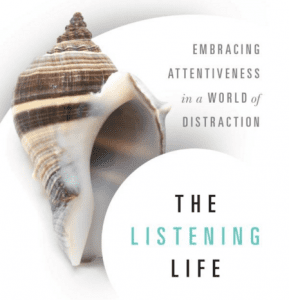We are reviewing the excellent book Glittering Vices: A New Look at the Seven Deadly Sins and Their Remedies by Rebecca Konyndyk DeYoung, professor of philosophy at Calvin College. I asked in the last post if you know the names of the seven capital vices.
Rebecca opens the book with “Gifts from the Desert: The Origin and History of the Vices Tradition” and we learn about the evolutionary development of the list of, finally, the “seven deadly sins.” I was surprised at first not to see pride listed as one of them. Rebecca’s book soon made it plain why it was not listed. She writes, “The reason there is no separate chapter in this book on the vice of pride is that every chapter in this book is on pride. … So pride feeds the other seven capital vices” (183). Pride is the root and the seven capital vices are the branches with their wicked fruit.
All sin is first of all God-related, actually a God-refusal. We replace the center of life with ourselves rather than God. We take control of self-defined and self-achieved happiness. The Desert Fathers and Mothers and early church theologians took sin (and holiness) very seriously and had the time and discernment to give us precise, even meticulous analysis of the ways of the soul and body.
DeYoung purposely uses the term vices so that we understand that we dealing with habits of behavior, not occasional lapses in behavior. Vices speak of decisions made so often that the direction of our character is formed. To my thinking, the capital vices are the spiritual disciplines of hell, anti-Christ behaviors (and by ‘anti-Christ’ I don’t mean in the sense of popular, comic book eschatology). The “remedies” portion of each chapter offers us Christ-oriented patterns of behavior, holy habits if you will. “To flee vice is the beginning of virtue” (184).
Transformation of character is the core meaning of discipleship. We must take the devastating consequences of the vices very seriously without losing sight of the hope “that where sin abounds, grace abounds all the more.” Rebecca writes, “In the Christian tradition, this is not a self-help project but a Spirit-empowered movement.” At the same time she warns that we don’t just drift into holiness, into Christ-like transformation. She encourages us to use the descriptions and expressions of the seven deadly vices as a self-assessment inventory.
Because Rebecca uses movies to illustrate some of the vices, I wonder if in some future edition she may use The Wolf of Wall Street as a metaphor for all the vices rolled into one character, Jordan Belfort (Leonardo DeCaprio). Peter Bradshaw of The Guardian writes in his review, “This movie sprints frantically, in the direction of nowhere in particular, like our appalling hero after his first ecstatic toke of crack cocaine. … what an incredibly exhilarating film: a deafening and sustained howl of depravity.” Tom Glassen of the Concrete Playground writes, [The Wolf of Wall Street is a] “chronicle of depravity that at once amuses and nauseates.”
DeYoung describes Envy, Vainglory (image is everything), Sloth, Avarice (I want it all), Anger, Gluttony, Lust. Jordan Belfort lives them. Sin is so entertaining. That is sin’s deceit. Whether we will admit it or not, Jordan Belfort to some degree resides in us all.












